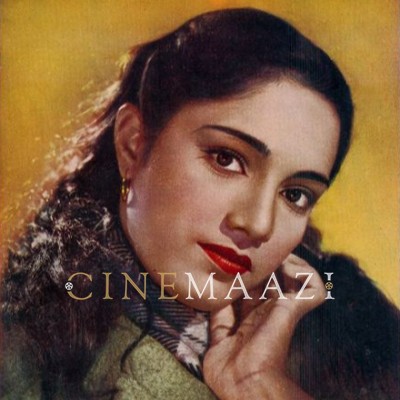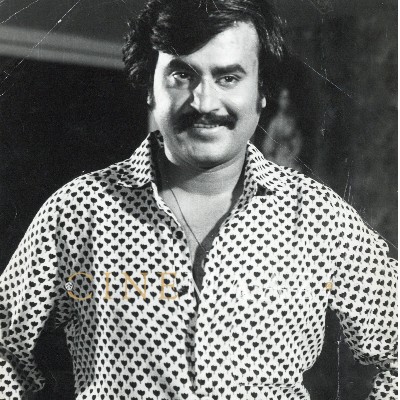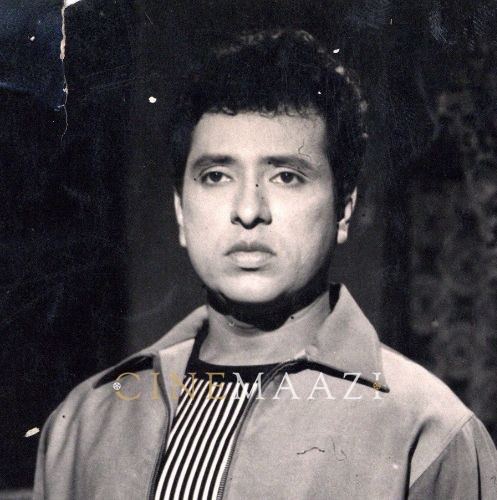Thota Tharani

Subscribe to read full article
This section is for paid subscribers only. Our subscription is only $37/- for one full year.
You get unlimited access to all paid section and features on the website with this subscription.
Not ready for a full subscription?
You can access this article for $2 , and have it saved to your account for one year.
- Born: 16/12/ 1949 (Chennai)
- Primary Cinema: Telugu
- Parents: Thota Venkateshwara Rao
The iconic looks of films like Nayakan (1987), Thalapathi (1991), Roja(1992), Kadhalan (1994), both lyrical yet realistic, defined the 90’s in Indian cinema. The man behind the striking set designs of these films was the acclaimed painter Thota Tharani. Though these films gained him recognition across the country, he has been active in the industry since the late 70’s, having worked in over 200 films in his long career.
Born on 16 December, 1940, Tharani grew up in a creatively fertile atmosphere. His father Thota Venkateshwara Rao was an assistant to the legendary art director A K Sekhar. As a young twelve year old, Tharani used to accompany his father to the film sets. It is his father’s work which inspired him to take up art direction later in life. Tharani earned a Post-graduate Diploma in Fine Arts from the Government College of Arts & Crafts in Chennai. He became a prolific painter, known for his non-figurative work. Traveling to Paris on a Government Fellowship, he learned printmaking at Studio Atelier-17. He participated in symposiums in Japan, printmaking workshops in Chennai and a fresco painting camp in Rajasthan. Other than India, his paintings have been exhibited in Paris, Bordeaux, Vienna, Barcelona, Germany, and Japan.
He began his film career with the Telugu language comedy Sommokadidhi Sokokadidhi (1978). Following this, he worked with Kamal Hasan again in his hundredth film as an actor – Raja Paarvai (1981). In 1983, he began his long creative partnership with Mani Ratnam with Pallavi Anu Pallavi. After working in acclaimed films like Sagara Sangamam (1983) and Mouna Ragam(1986), his breakthrough came with the Godfather-inspired crime drama Nayakan (1987). He recreated the slums of Dharavi for this film and his attention to detail and authenticity fetched him the National Award for Best Art Direction. He also worked in the hit Agni Natchathiram(1988) and Sathya (1988). 1990’s Anjali was another significant achievement, earning great critical acclaim. With the expanded budgets o the 90’s, Tharani could let loose his imagination, resulting in some spectacular set design in Thiruda Thiruda(1993), Mudhalvan (1999), Kadhalan (2004) and Arjun (2004). He won his second National Award for Indian (1996), a film which featured state-of-the-art costume, set design and make up. He also won two Tamil Nadu State Awards for Thalapathi(1991) and Kadhalan (1994).
Although these films set the tone for the 90’s, it is the glass set he constructed for the Rajnikanth blockbuster Sivaji: The Boss (2007) that he considers his magnum opus as an art director. The set took twenty days to construct. The replica of the Madurai Meenakshi Temple he built for Arjun had 400 carpenters and 200 painters working on it. He has become the go-to art director for larger-than-life spectacles.
Thota Tharani received the Padma Shri from the Government of India in 2001 and an honorary doctorate from Sathyabhama University in 2010. Although his work as an art director for commercial cinema often caused harm to his prestige as an artist, he continues to devote time to both worlds. He is still active as one of the most in-demand art directors of the industry.
References
Image credit: https://en.wikipedia.org/wiki/Thota_Tharani











.jpg)



